|
The fact that so many of you now, when messaging about “Olive Egger” hatching eggs, refer to them as “Dirty River Water Eggs” brings me so much indescribable joy.
In a world full of Moss Eggers and Sage Eggers I am beyond proud to be the cultivator of Dirty River Water Eggs One thing that I’ve noticed within the Olive Egger community is that sometimes we don’t really have any continuity to how we label specific generations. There is a general understanding when it comes to first and second generation olives, and also olives who are back crossed to Marans - But the extent of olive breeding pairs extends well beyond those generations. As we head into hatching season I want to take a second to share with you here what you can expect specifically from labels on my own olive eggs. And also how my breeding pens are set up. First, let’s establish Olive Egger Abbreviations! First Generation Olive Egger (F1) happens when you breed a true blue layer to a dark brown layer (and is the only generation guaranteed to give you green eggs) Second Generation Olives (F2) happens when you breed two F1 olives together (and gives you variations of greens, teals and browns) Third Generation Olive (F3) … it gets a little muddy here, but I believe in these later generations of Olives happen when you use the oldest generation on your breeding pair as the generational starting point - so if you breed an F2 Olive to any younger generation of Olive you’re still breeding into your third generation because of that F2… makes sense right? So Third generation olives come from second F2s bred back to Olive eggers. I apply this logic when labeling and moving any further down the Olive Breeding Path. Back Crosses can either be back crossed back to dark brown layers or back to true blue layers. First Generation Back Crosses (BC1) happen when you breed an olive Egger back to either a true blue layer or to a dark brown layer. In those dark brown breedings those offspring will give you a 50/50 chance for green/brown eggs - in the true blue back cross, those offspring will absolutely throw some variant of green/teal/blue eggs. Second Generation Backcross (BC2) happens when you take those BC1 offspring and breed back to A dark brown or true blue layer again. Third Generation Backcross (BC3) I’ve actually never seen labeled… But I would follow the same logic as with the F3 generation. Although I think by this point most of us just call these offspring “Later Generations”. So now… I have four breeding pens that will produce Olive Egger offspring that are set up as follows. Pen 1 Splash F1 Olive Rooster over: BC1 hens (green eggs labeled F3) BC 2 hen (green eggs labeled F4) Pen 2 Silver Ameraucana Rooster & Blue Ameraucana Rooster over: Cuckoo and Black Copper Marans Hens (brown eggs labeled F1) Brown Laying Back Crossed Hens (Brown eggs labeled F1) BC1 hens (green eggs labeled BC2 Amer) Pen 3 Black Copper Marans Rooster over: Cream Legbar Hens (blue eggs labeled F1 black) ***These chicks will be sex linked Pen 4 Blue Copper Marans Rooster over: Blue Wheaten Ameraucana Hens (blue eggs labeled F1 blue) BC1 Olive Hens (green eggs labeled BC2 blue) I hope this offers clarity, not confusion
0 Comments
Leave a Reply. |
ArchivesCategories
All
|
© Mojo Homestead LLC 2025
Images © Noell Smith 2014-2025 All rights reserved
Images © Noell Smith 2014-2025 All rights reserved
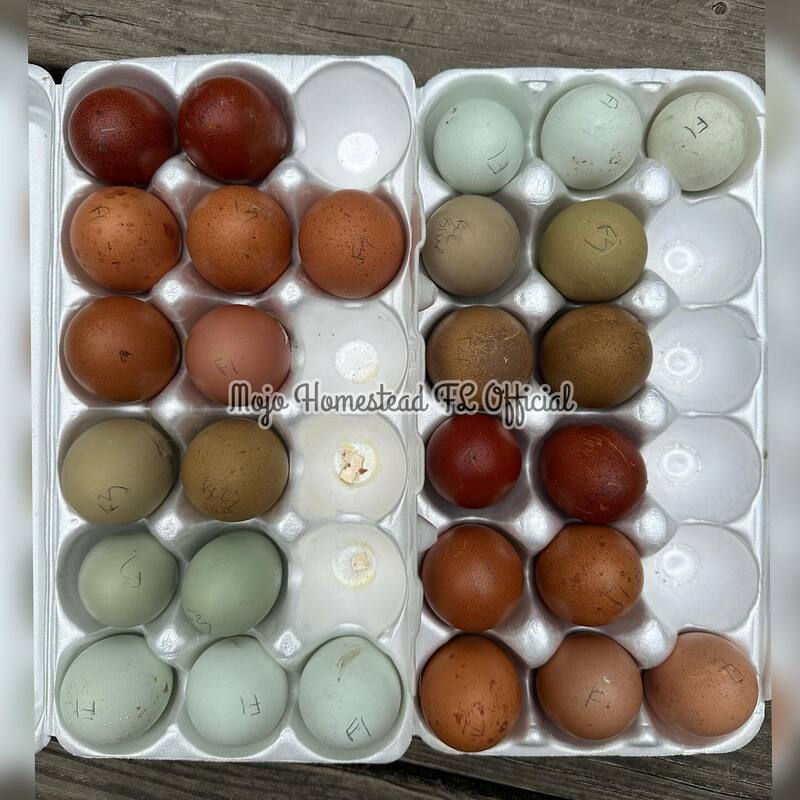
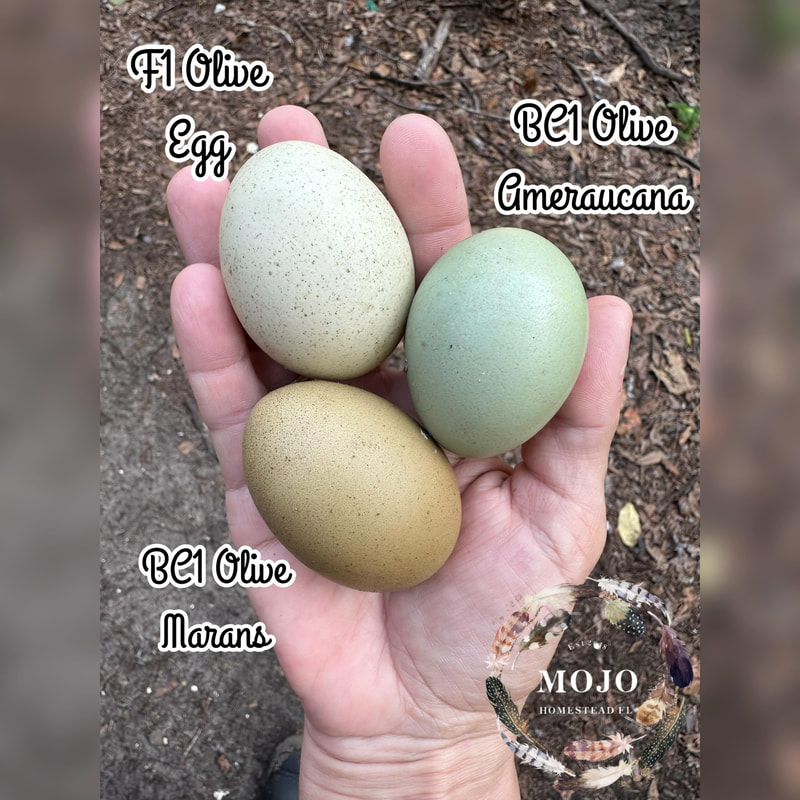
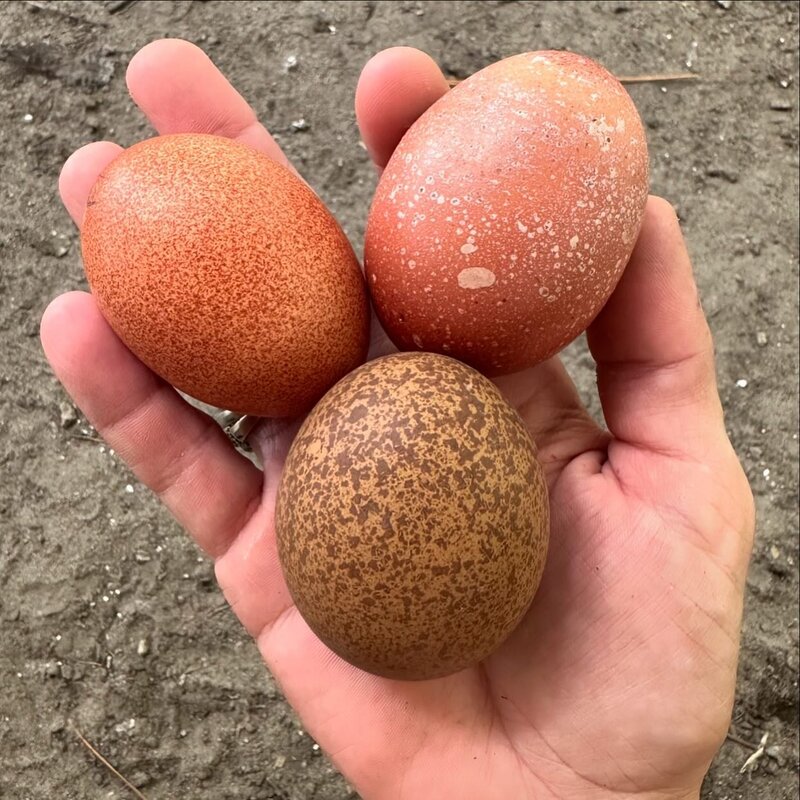
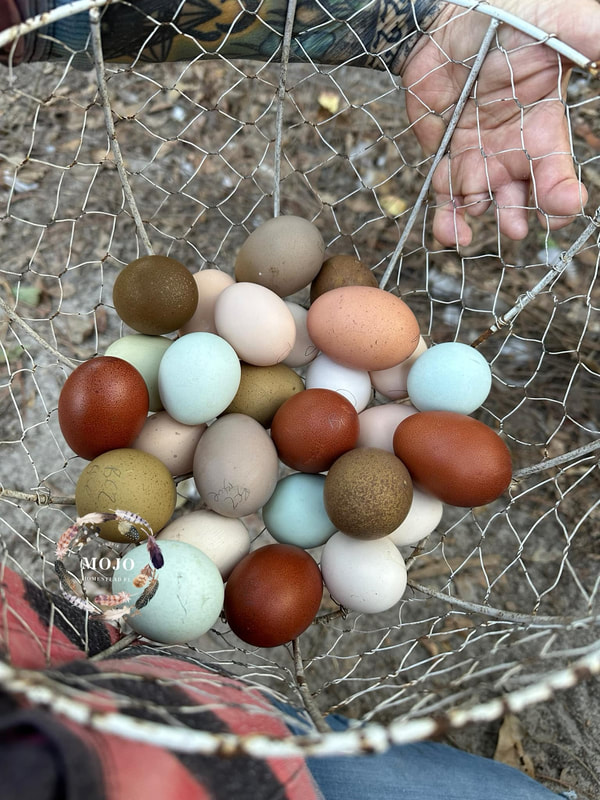
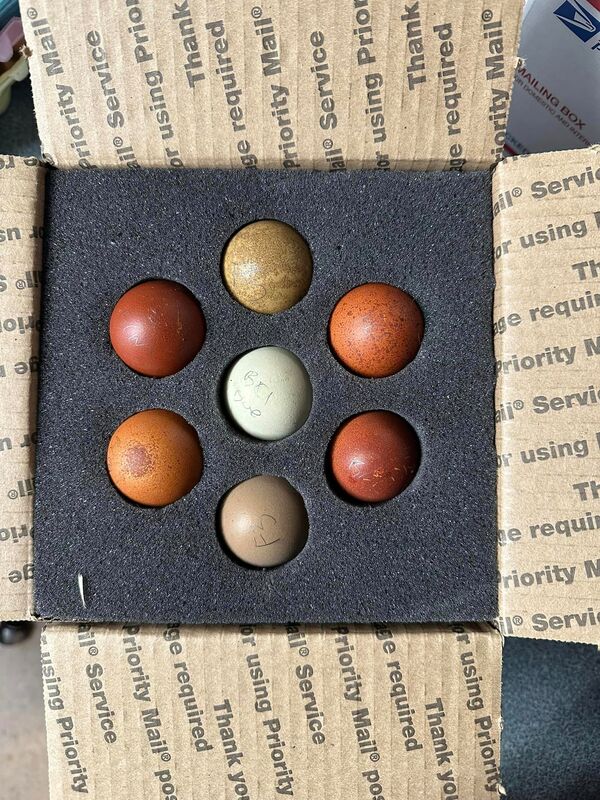
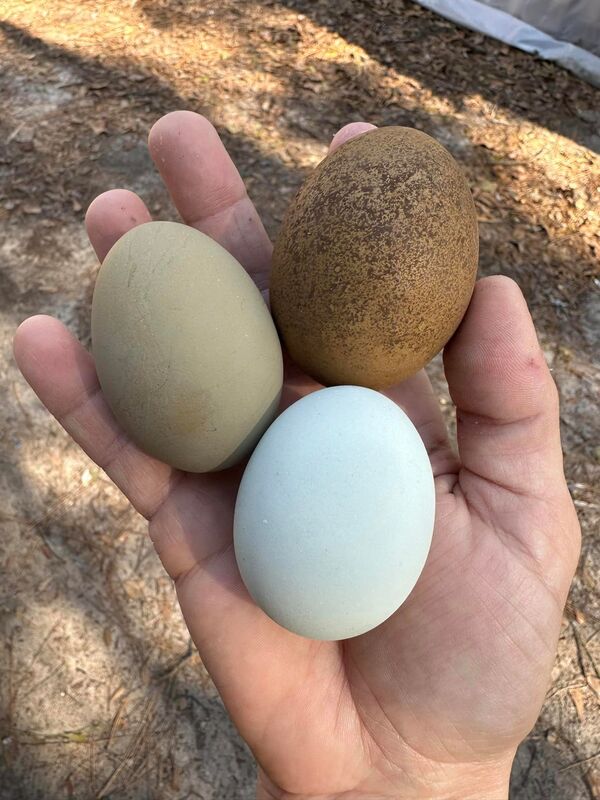
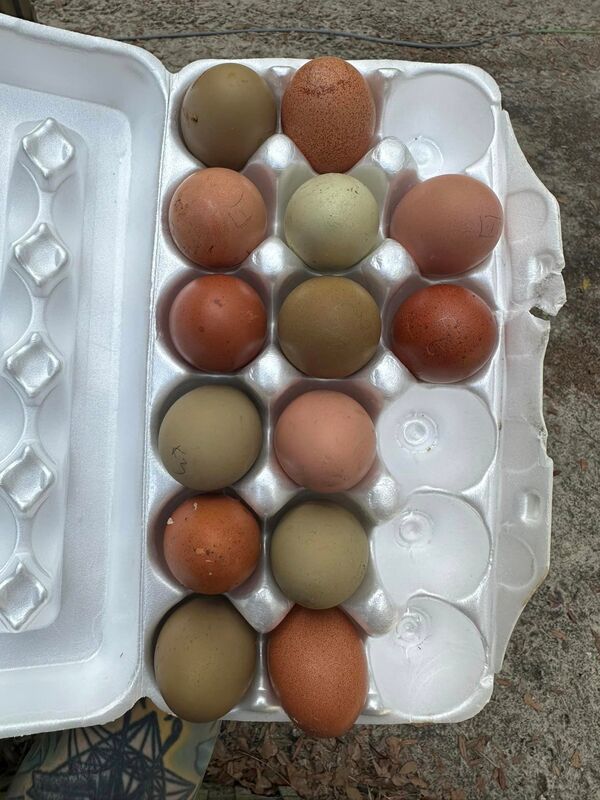

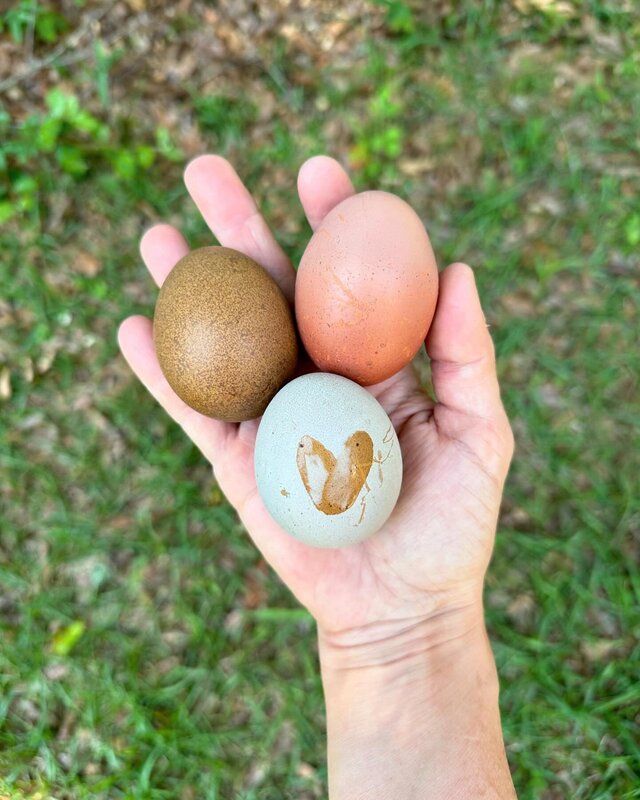
 RSS Feed
RSS Feed